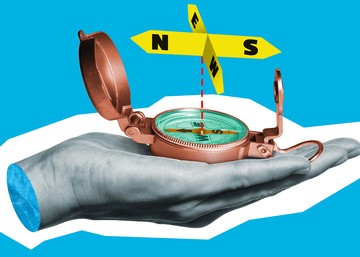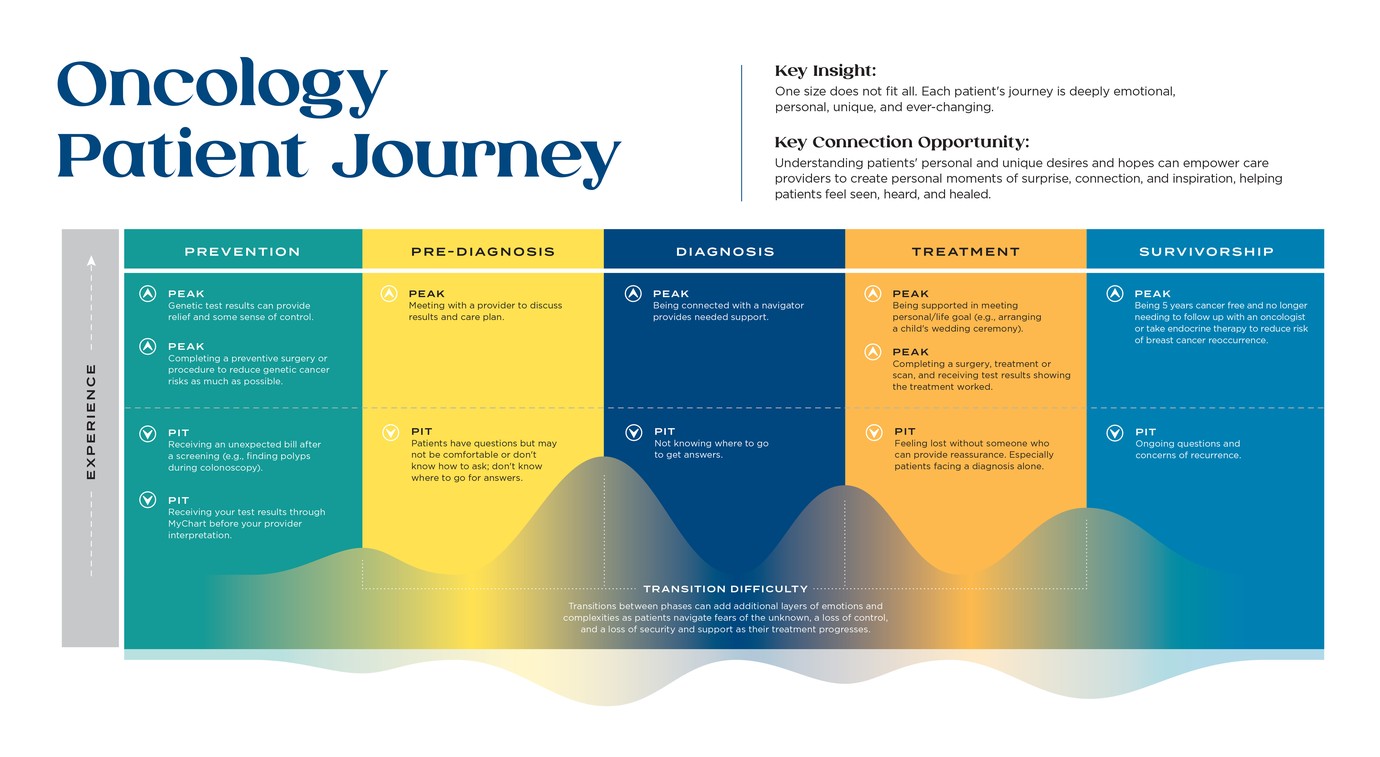

Using Customer Journey Maps to Build Moments to Remember
Customer Journey Maps are hugely important tools for marketers. Many companies use them for understanding customer needs, motivations and pain points, or helping align and optimize sales and marketing teams. But one of the most impactful benefits of a thoughtful customer journey map is architecting experiences that will last in your customers’ memories beyond their interactions with your brand. These remarkable moments are where brands build retention and loyalty. So it’s time to ask yourself, is your customer journey map working hard enough for you?
Components of a Customer Journey Map
In the “Power of Moments,” Chip Heath and Dan Heath show us why certain experiences have extraordinary impact. The conditions that create those impactful moments can and should be captured in your journey maps. Most journey maps will outline:
- The phases of the customers’ engagement with the brand
- Key touchpoints
- What customers are thinking, feeling and doing
- Customer needs, expectations and motivations
- Critical pain points
- Key connection opportunities
However, the most useful journey maps identify the intensity of emotions and experiences at defining moments and key transitions within their journey. These layered, multi-dimensional journey maps will help you:
- Identify emotional peaks and experiences worthy of architecting into defining moments
- Prioritize the most important pain points and pits that must be addressed

Prioritize Creating Remarkable Moments
Chip Heath and Dan Heath demonstrate that the “surprise about great service experiences is that they are mostly forgettable and occasionally remarkable.” And they go on to show that occasionally remarkable moments shouldn’t be left to chance. These are moments worthy of investment. They should be planned for, architected and built. These are the moments that will create a lasting impression and will endure in your customer’s memories. And believe it or not, these moments and experiences will create greater business impact than fixing the pain points and negative experiences alone.
Now, we’re not saying you shouldn’t address key pain points that are detracting from your overall customer experience. Those absolutely need to be addressed. But if you’ve created a multi-layered, dimensional journey map, it will help you visualize and prioritize which negative experiences require the most attention and improvement. That will allow you to also prioritize which positive moments are the most important for creating meaningful and remarkable experiences. You don’t have to fix every single detail, as long as you’re creating some remarkable moments.
How to Spot and Capture Potential Defining Moments
Chip Heath and Dan Heath provide a fresh perspective on how to spot defining moments with the potential to be made remarkable. And if done well, your journey map can illustrate these moments and connection opportunities:
- Moments of Elevation: These moments rise above the everyday
- Moments of Insight: Rewire our understanding of ourselves or the world
- Moments of Pride: Moments of achievement or courage
- Moments of Connection: Social moments we can share with other people
Sometimes these moments occur as people transition between phases. As they end one phase, they begin another, and lines blur. Transitions are another key element to fully understand moments. Chip Heath and Dan Heath refer to this as “thinking in moments: recognizing where the prose of life needs punctuation.”
Architecting Remarkable Moments
“Beware the soul-sucking force of reasonableness.” Chip Heath and Dan Heath
Once you’ve identified, visualized and prioritized your greatest opportunities to elevate remarkable moments, you can begin creating these exceptional experiences in a number of ways:
- Boosting sensory appeal
- Raising the stakes and upping the ante
- Breaking the script and expectations
And as Chip and Dan Heath so eloquently put it, “Beware the soul-sucking force of reasonableness.” When designing exceptional experiences, what is reasonable will kill what is great. Nobody remembers what is reasonable. Reasonable is mundane. To break the script, you have to be outlandish. You have to go for it. That is what your customers will remember and hold onto.
If you need help developing a journey map that works hard for you, we’d love to chat. And if you’re ready to break the script, we’re ready to dream up the next outlandish experience with you.
Download the full customer journey map
Wondering where to start in creating your customer journey map? Download an example to inspire you.


